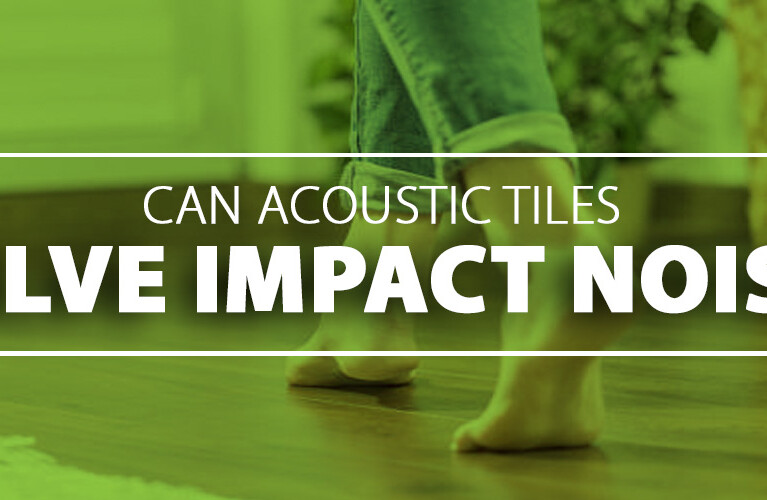Sound Part five:
Our fifth acoustic technical note will discuss noise control techniques at the source, the transmission path, and protective measures at the receiver.
In general, noise control measures can be classified into three categories.
- Noise Control at the source
- Noise control in the transmission path
- Use of protective measure against noise in the receiver
The method or combination depends on the magnitude of the required noise reduction and the economic and operational considerations.
1. Noise Control at the Source
One approach that can be taken to reduce the amplitude of the forces that results in noise generation is isolating the vibration components from the source. An additional method that can be followed is reducing movement of the vibrating components. Changes in the usual procedure can also be an effective noise control technique.
2. Noise Control in the Transmission Line
Additionally, another general technique that is used for noise reduction is to control the transmission path to reduce the energy communicated to the receiver, this can be achieved in several ways:
- Location: Maximum attenuation is achieved by increasing distance
- Disposal of building: Zoning of noisy and quiet environments
- Barriers: Outdoor barriers can be effective when they are large compared to the wavelength of sound being diffracted.
- Enclosures: Can improve attenuation
- Absorption: The use of installation of acoustic materials in ceilings, walls and floors achieves attenuation.
- Misalignments: The flow of acoustic energy through the track from the source to the receiver can be prevented by discontinuities that reflect energy toward the source.
3. Use of Protective Measures Against Noise in the Receiver
Use the following noise control techniques:
- Ear protection devices
- Program hearing conservation and training
- Exposure control
- Avoid loud environments
- Know which noise can cause damage (those at or above 85 dB)
- Add insulation
Now that we have concluded our five-part series of technical notes covering the basic concepts of sound, we hope they have been of great use for you. Sound attenuation is an increasingly important design consideration and now you have all the information needed to understand what needs to be done in order to control sound and unwanted noise.
Explore our website to learn about the solutions you can take to create a peaceful environment.


